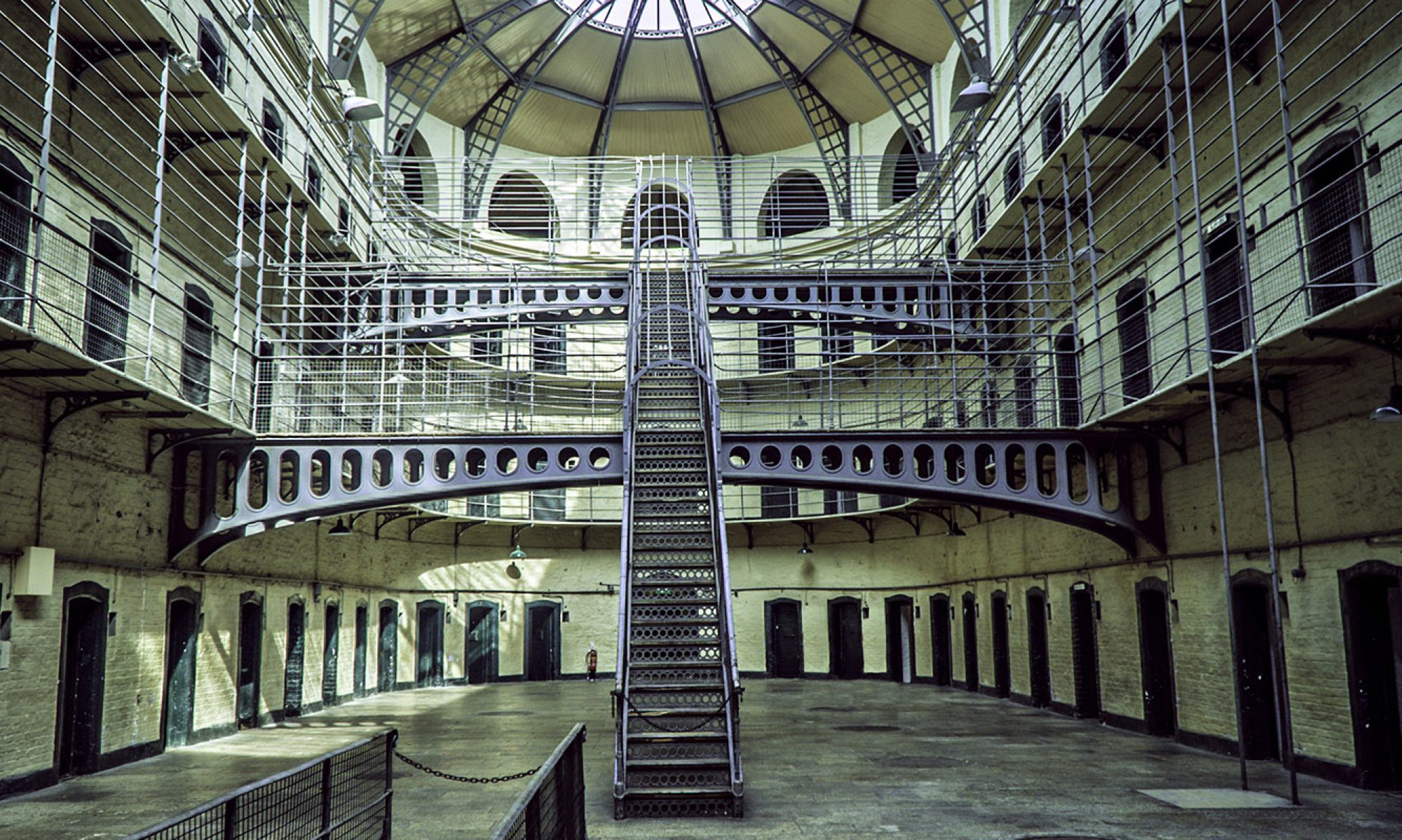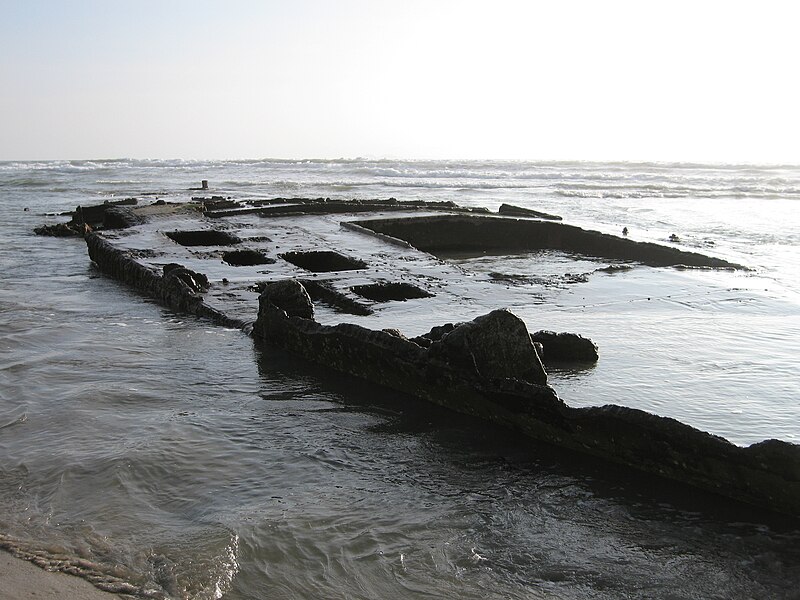This railroad is an open secret with SoCal residents, and most people have hiked parts of it at least once. Which made the lack of information out there so much more interesting, as it took about thirty minutes to find a reliable source for this post.
This railroad was first conceived by John D. Spreckels, who was awarded the charter to begin construction on the line in 1906, which began the next year. It was dubbed “The Impossible Railroad” by engineers who worked on it, because of the rough terrain and the difficult route through the Jacumba Mountains.
It was a connecting railroad for the Southern Pacific Railway, rather than going north or to Santa Fe. The original cost of the railway was quoted at 6 million (in 1906) but by completion in 1919, it had cost over 18 million (126 million in today’s dollars). Mainly due to the difficulties of constructing the portion of the railroad that went through Carrizo Gorge. That portion of the railroad included 17 tunnels, with a combined length of almost 14,000 feet, it also included 2.5 miles of bridges and trestles, including the Goat Canyon trestle, which holds the current world record for the worlds largest wood pile trestle bridge.
Despite being built in the heyday of steel and iron, the Goat Canyon trestle was built out of red sequoia wood to combat the huge temperature differences that occur in the desert, which can lead to fatigue in metal spans. To prevent fires, it was built with an intricate system of pipes and sprinklers that are gravity fed from a tank uphill. As a countermeasure against Goat Canyon’s notoriously high wind speeds, the bridge was built with a 14-degree curve.
The railroad serviced passenger and freight trains until 1951 when it became a fulltime rail line. Over time, barring periods when the line was damaged, it was used on and off by freight trains before traffic on the line was stopped in 1983, when the line was damaged in a hurricane. Service didn’t resume until 2003 but was again embargoed in 2008 for a project to restore the line.
Financed by a Baja Rail, it is the most well-funded group to attempt this, however, the first 11 years were mostly spent assessing the line, and work is just starting to begin.
Today, the Carrizo Gorge railroad is often hiked because of the numerous abandoned sets of train cars, which make for amazing photography. The hike there is difficult, and I highly recommend attempting it in the winter with a fairly large group, at least four people, with plenty of supplies, and 24-hour gear. Be careful though, because the line is becoming more and more frequently policed by railway cops.
Quaerere, Disce, Scribo.



